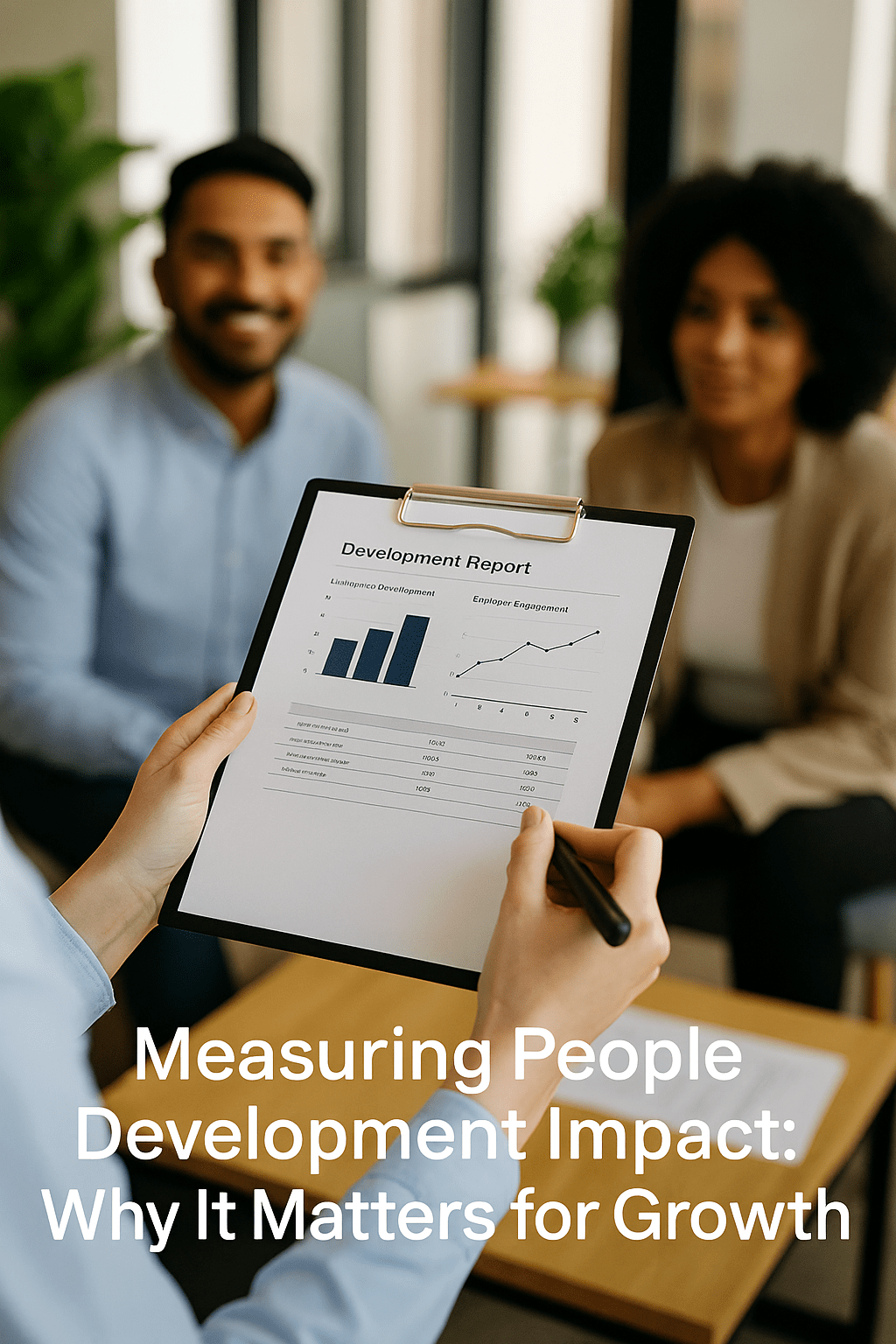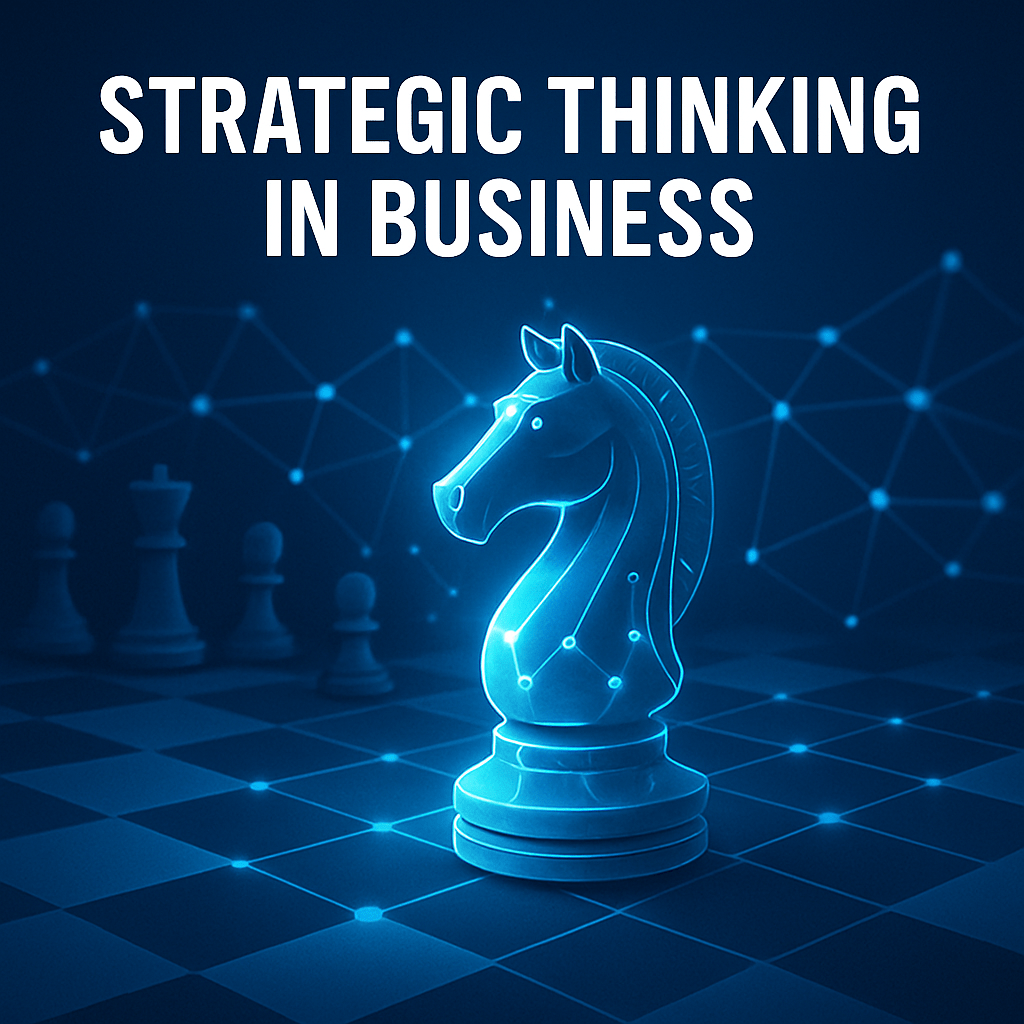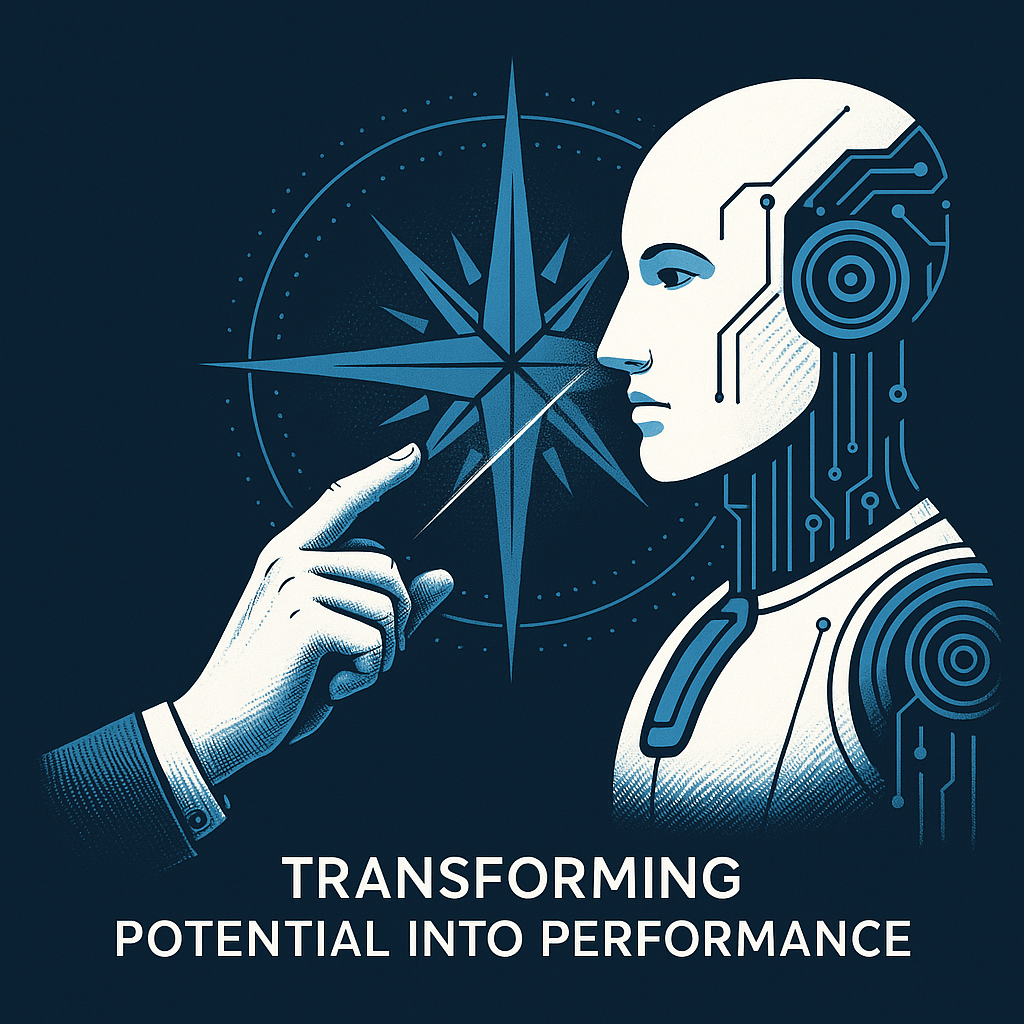
The past year has tested every kind of leader. Unpredictable markets, evolving technology and new expectations around work have forced us all to adapt faster than ever.
Some leaders tried to go back to how things were. Others learned, adjusted and found new ways to move forward. Those are the ones shaping what leadership will look like in 2026 and beyond.
Future-ready leadership isn’t about having all the answers. It’s about staying ready to learn.
Adaptability beats certainty
In times of change, it’s tempting to search for solid ground. The perfect plan, the right process, the final answer. But if 2025 taught us anything, it’s that adaptability always wins over certainty.
According to *Deloitte’s Global Human Capital Trends report, 90% of executives believe building adaptable workforces is a top priority for long-term success. The challenge isn’t knowing change will come, it’s preparing people to navigate it confidently.
Future-ready leaders build flexibility into how they think, plan and lead. They don’t resist change. They anticipate it.
Trust drives performance
As technology takes on more tasks, the value of human connection has only grown stronger. The best leaders are those who create trust within teams, across functions and between people and technology.
*Gallup’s research continues to show that teams with high trust levels outperform low-trust teams by over 40% in engagement and productivity.
Trust isn’t just built through policies or performance reviews. It’s built through small, consistent actions. Following through on what you say, sharing context and giving credit where it’s due.
Clarity creates calm
Uncertainty fuels anxiety and anxious teams rarely perform at their best. Leaders who communicate clearly (even when answers are incomplete) give their teams something to hold onto.
Future-ready leadership is about translating complexity into direction. It’s about helping people see where they’re heading, even when the path isn’t fully mapped out.
Clarity creates calm. Calm enables progress.
Leading into what’s next
As 2025 comes to a close, it’s clear that the pace of change isn’t slowing down. The leaders who will thrive in the year ahead aren’t necessarily the most experienced or technical. They’re the ones who stay curious, trust their people, and communicate with purpose.
Leadership has never been about perfection. It’s about progress. One conversation, one decision and one learning moment at a time.
Want to go deeper?
If you’re looking to strengthen your leadership for the year ahead, explore my coaching and course options at CBDS. They’re designed to help you stay adaptable, focused and ready for whatever’s next.









